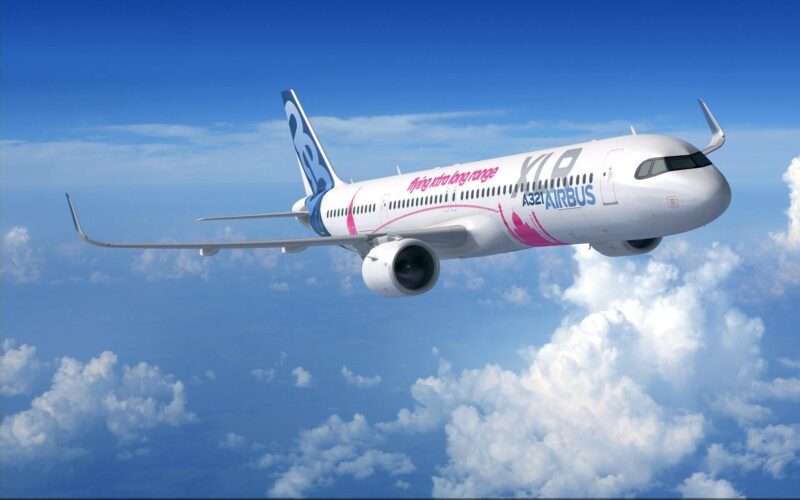EASA has received Boeing’s submission claiming integrally-located fuel tanks of Airbus A321XLR pose a fire hazard.
According to comments submitted to the European Union Aviation Safety Agency (EASA), fuel tanks internal to the airframe structure – such as those located on A321XLR – offer less redundancy than conventionally-located tanks, and can lead to more hazardous results in case of an emergency.
“The location of such an integral fuel tank immediately aft of the main landing gear presents the most extensive range of threats to be considered” Boeing claims, primarily focusing on the danger external pool-fed fire presents in this case.
While many commercial jets – including those produced by Boeing – feature centrally-located fuel tanks located between the wings, Airbus A321XLR has two additional sets of tanks in its cargo hold, being designed to have the longest-range of any single-aisle aircraft.
Those tanks have already caused problems, as their location close to the floor of the passenger cabin would mean cold temperatures for the cabin’s floor, as installing necessary insulation proved difficult.
According to Boeing’s comments, not only an external fire, but heating equipment and structural damage due to the collapse of the landing gear or a runway excursion could cause a fire, necessitating additional changes or regulations.
While comments were accepted by EASA, which stated that “appropriate means of compliance will be defined”, the development may pose a challenge to Airbus’ new best-selling jet.
Receiving over 450 orders in its first year since the launch in the summer of 2019, Airbus aimed to start delivering XLRs by 2023. This would saturate the market, posing a challenge if Boeing chooses to introduce their new mid-range aircraft (NMA) later.
Additional modifications would delay the introduction of the aircraft though, reshuffling the timeline.
While playing the safety card in a competition is considered taboo in the aviation industry, the boundary was overstepped numerous times previously, with competition between the world’s two largest manufacturers turning into a no-holds-barred brawl

